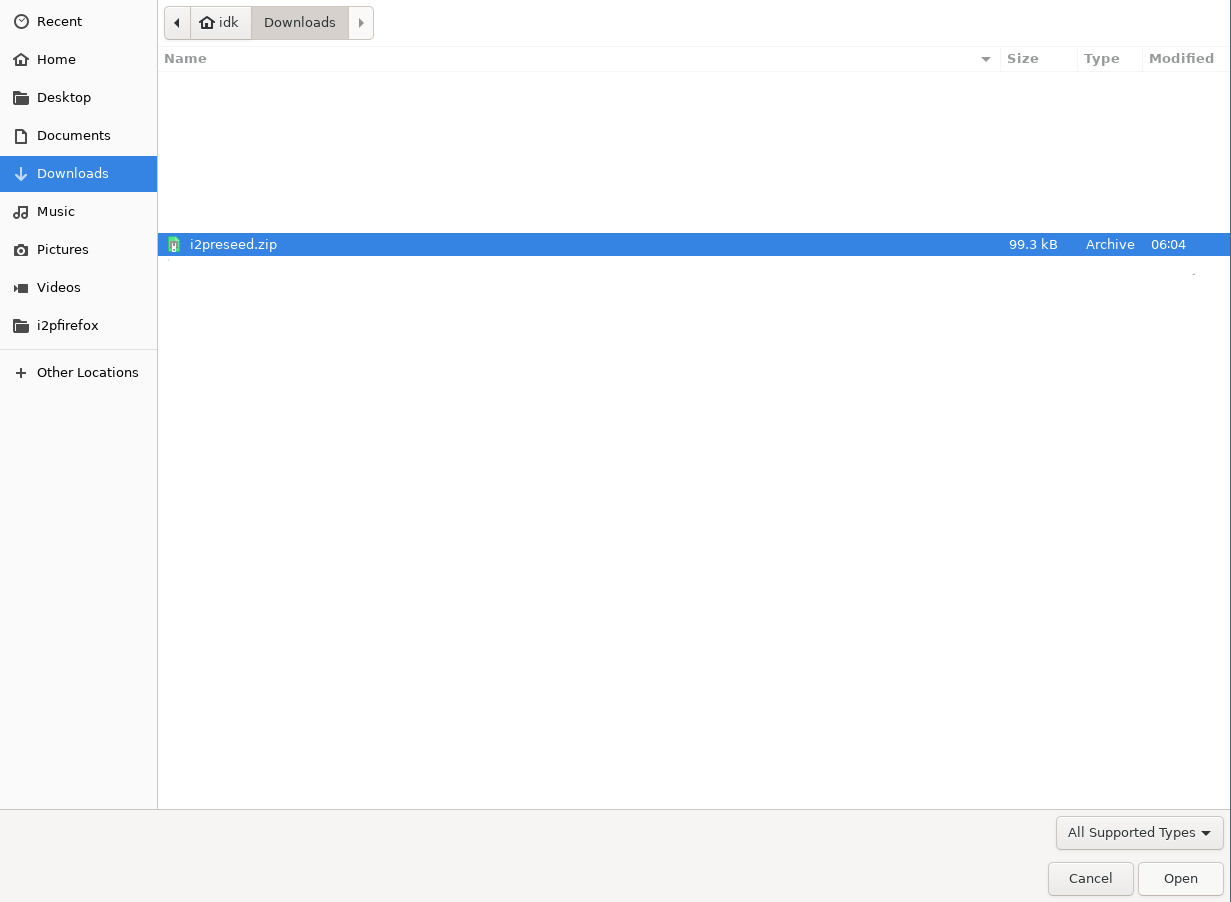Most new I2P routers join the network by bootstrapping with the help of a reseed service. However, reseed services are centralized and comparatively easy to block, considering the emphasis on de-centralized and un-blockable connections in the rest of the I2P network. If a new I2P router finds itself unable to bootstrap, it may be a possible to use an existing I2P router to generate a working “Reseed bundle” and bootstrap without the need of a reseed service.
It is possible for a user with a working I2P connection to help a blocked router join the network by generating a reseed file and passing it to them via a secret or non-blocked channel. In fact, in many circumstances, an I2P router that is already connected will not be affected by reseed blocking at all, so having working I2P routers around means that existing I2P routers can help new I2P routers by providing them with a hidden way of bootstrapping.
Generating a Reseed Bundle
- To create a reseed bundle for others to use, go to the Reseed
configuration page. You will
see a section that looks like this. Click the button indicated by the
red circle.

- Now that you’ve clicked the button, a zip will be generated
containing enough information to bootstrap a new I2P router. Download
it and transfer it to the computer with the new, un-bootstrapped I2P
router.

Performing a Reseed from File
- Obtain an i2preseed.zip file from a friend with an I2P router that is
already running, or from a trusted source somewhere on the internet,
and visit the Reseed Configuration
page. Click the button that
says “Select zip or su3 file” and navigate to that file.

- When you’ve selected your reseed file, click the “Reseed from File”
button.
 . You’re done! Your router will now
bootstrap using the zip file, and you will be ready to join the I2P
network.
. You’re done! Your router will now
bootstrap using the zip file, and you will be ready to join the I2P
network.


























